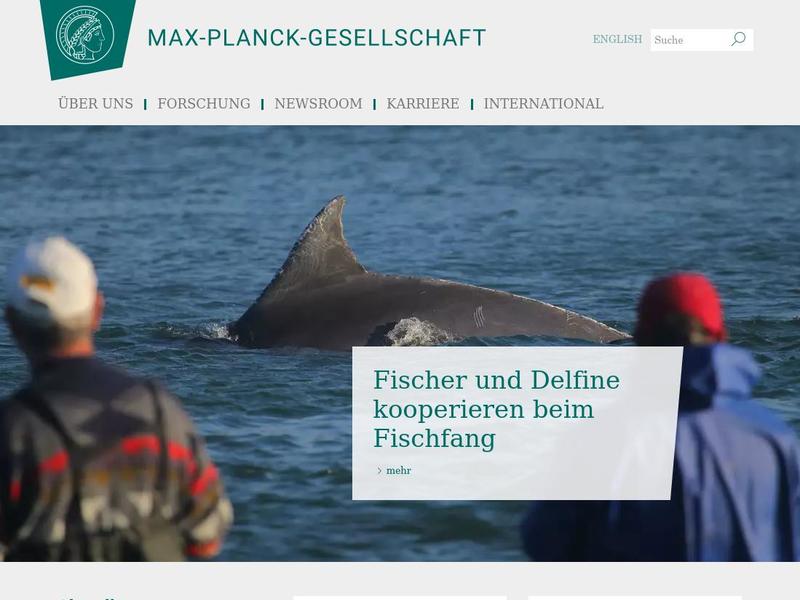The success of life on earth is based on the amazing ability of living cells to divide themselves into two daughter cells. During such a division process, the outer cell membrane has to undergo a series of morphological transformations that ultimately lead to membrane fission. Scientists at the Max Planck Institute of Colloids and Interfaces, Potsdam, and at the Max Planck Institute for Polymer Research, Mainz, have now achieved unprecedented control over these shape transformations and the resulting division process by anchoring low densities of proteins to the artificial cell membranes.
.; Zhao, Z.; Bhatia, T.; Bartelt, S.

